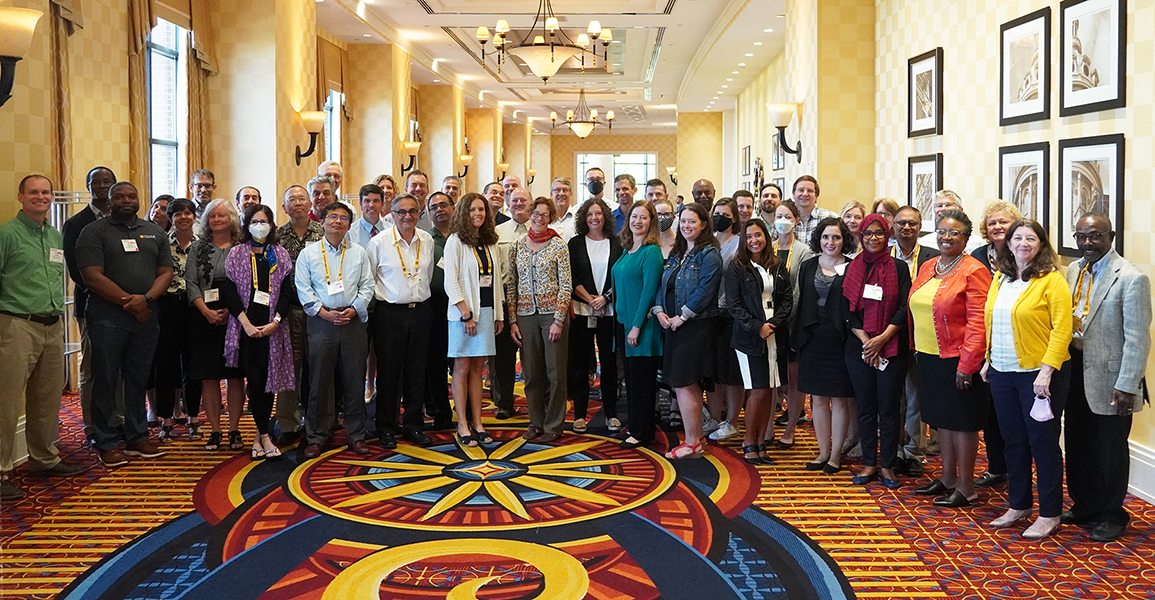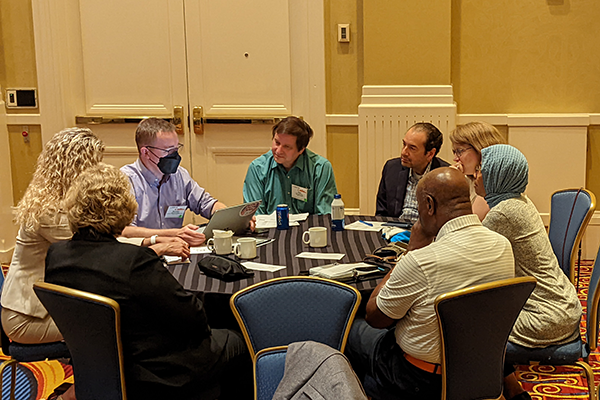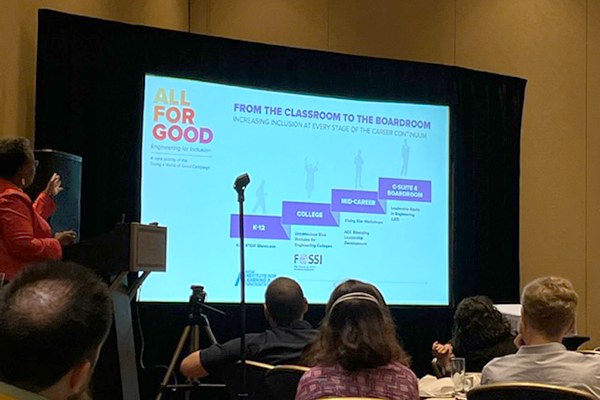Bringing equity and inclusion into the curriculum
Lauren Smith
Feb 15, 2023

Source: AIChE
Approximately 50 academic leaders participated in the first National Diversity Equity Workshop for Chemical Engineering Leaders.
Anne Robinson, head of Carnegie Mellon’s Department of Chemical Engineering, served on the organizing committee for the first National Diversity Equity Workshop for Chemical Engineering Academic Leaders (NDEW-ChE). In the latest issue of CEP Magazine, Robinson and several other workshop leaders share the findings from the first workshop.
NDEW-ChE was convened by the American Institute of Chemical Engineers (AIChE), as part of its commitment to the IDEAL framework (inclusion, diversity, equity, anti-racism, and learning).
“We really tried to come up with practices that could be implemented and ways to bring DEI into the curriculum more intentionally,” says Robinson. “They’re very doable and can be driven by more than leadership.”
The emphasis is on integrating an inclusive culture into the mission of the department. Robinson and her co-authors draw on research examining corporate workplaces, which shows that an inclusive culture increases performance and innovation. The result is better business outcomes than from diverse teams without a culture of inclusion. Robinson and her co-authors predict similar results in academic settings.
The recommendations for department leaders include empowering a diversity committee with a clear charge and scope and giving faculty, students, and staff the support and power to take direct action. Looking for demographic patterns in service load, hiring, and promotion is also an important step department leaders can take to create a culture of inclusivity.
A department is a community, with traditions, beliefs, values, and norms. Department leaders are encouraged to make space for conversations with their community members and for education on DEI topics.
The workshop and article also help educate department leaders on the quantified impact of bias. Without discounting changes that are needed within the power structure, the findings highlight that personal adjustments are also meaningful. Leaders can create clear expectations for civility and respect in their departments, an important step toward curbing bias and harassment.
Robinson has led conversations with chemical engineering faculty here about manifestations of bias and approaches to have visible results within the classroom. One critical example, particularly within team projects that are a key feature of engineering education, is to be deliberate about student group assignments in order to address sole status and stereotype threat. For a sole representative of an ethnic, racial, or gender group, the fear of confirming a negative belief about a group they represent can lead that individual to perform below their potential. Throughout the curriculum, the department is implementing strategies to create groups in ways more useful than allowing students to self-select. “It’s a simple thing to address with profound implications for a number of students,” says Robinson. She also noted that it is important to self-reflect on activities where unintended bias can occur, such as being intentional when selecting images for talks or classroom lectures. As Dr. Christine Grant, 2022 AIChE President, reflected during the workshop, “Do what you can from where you are.”
For media inquiries, please contact Lauren Smith at lsmith2@andrew.cmu.edu.


